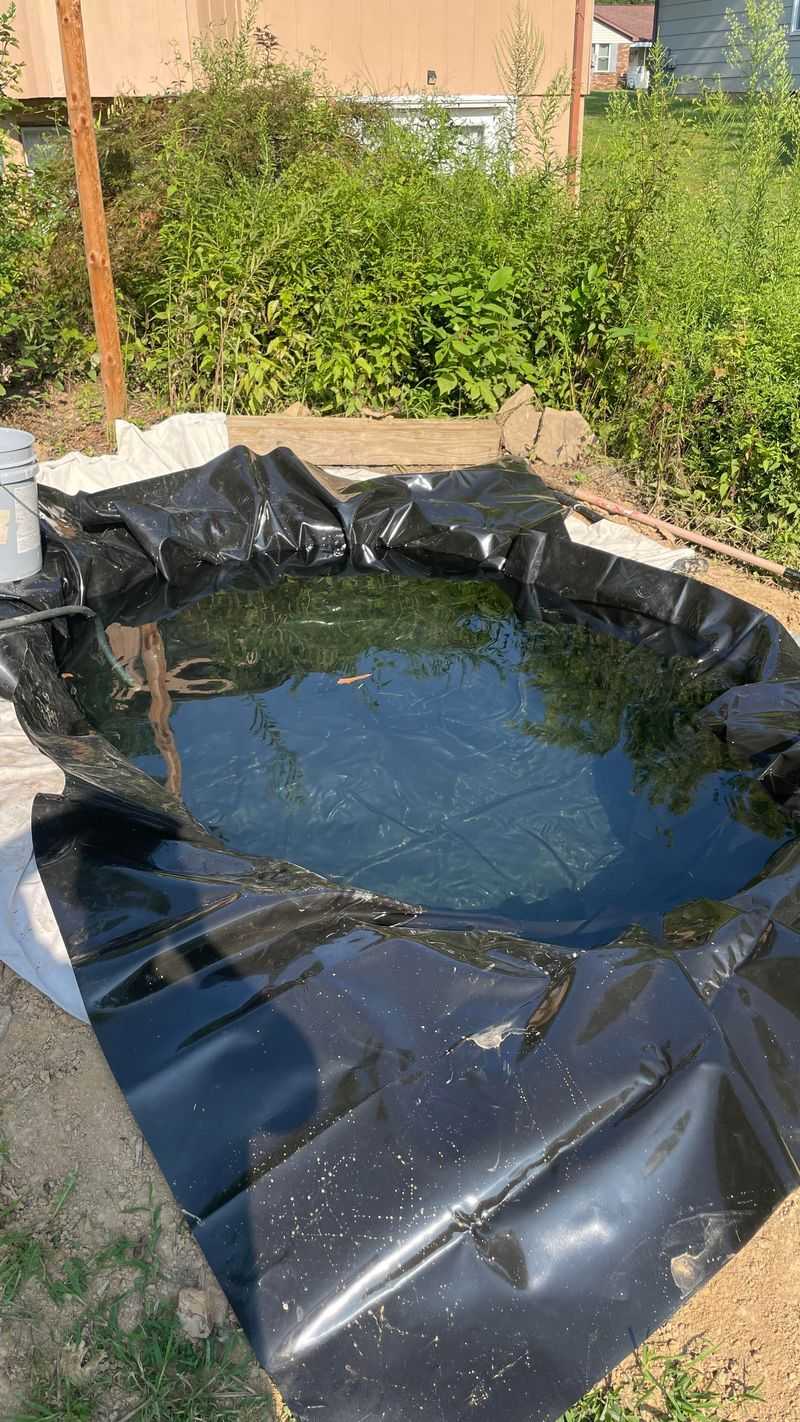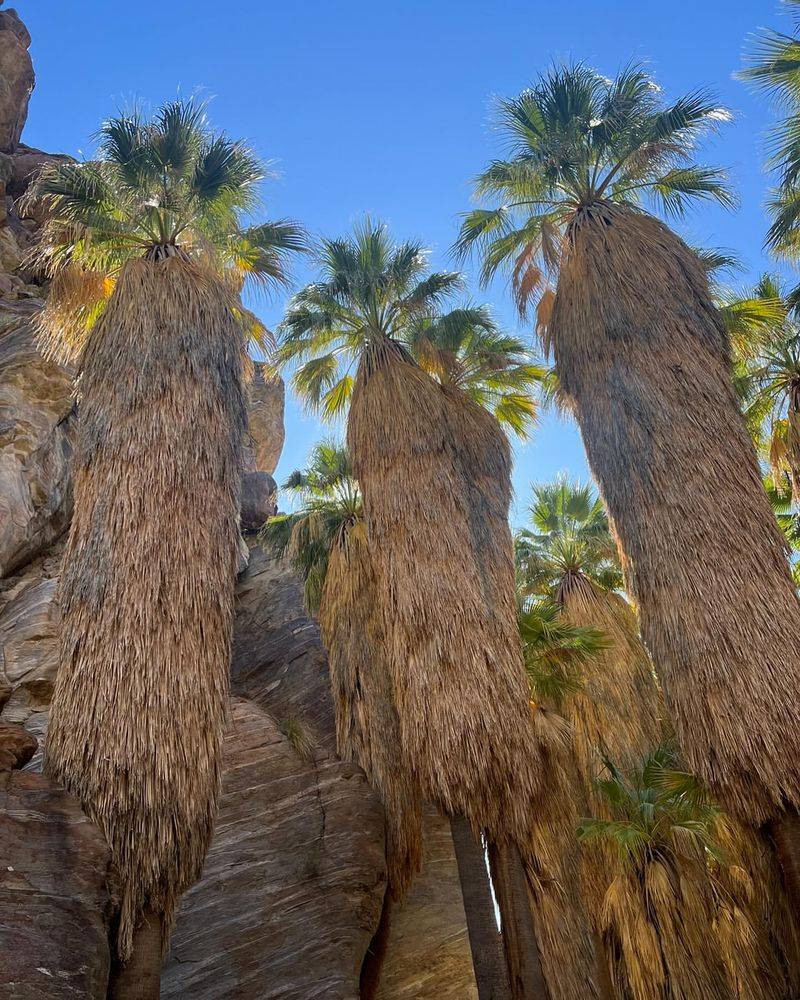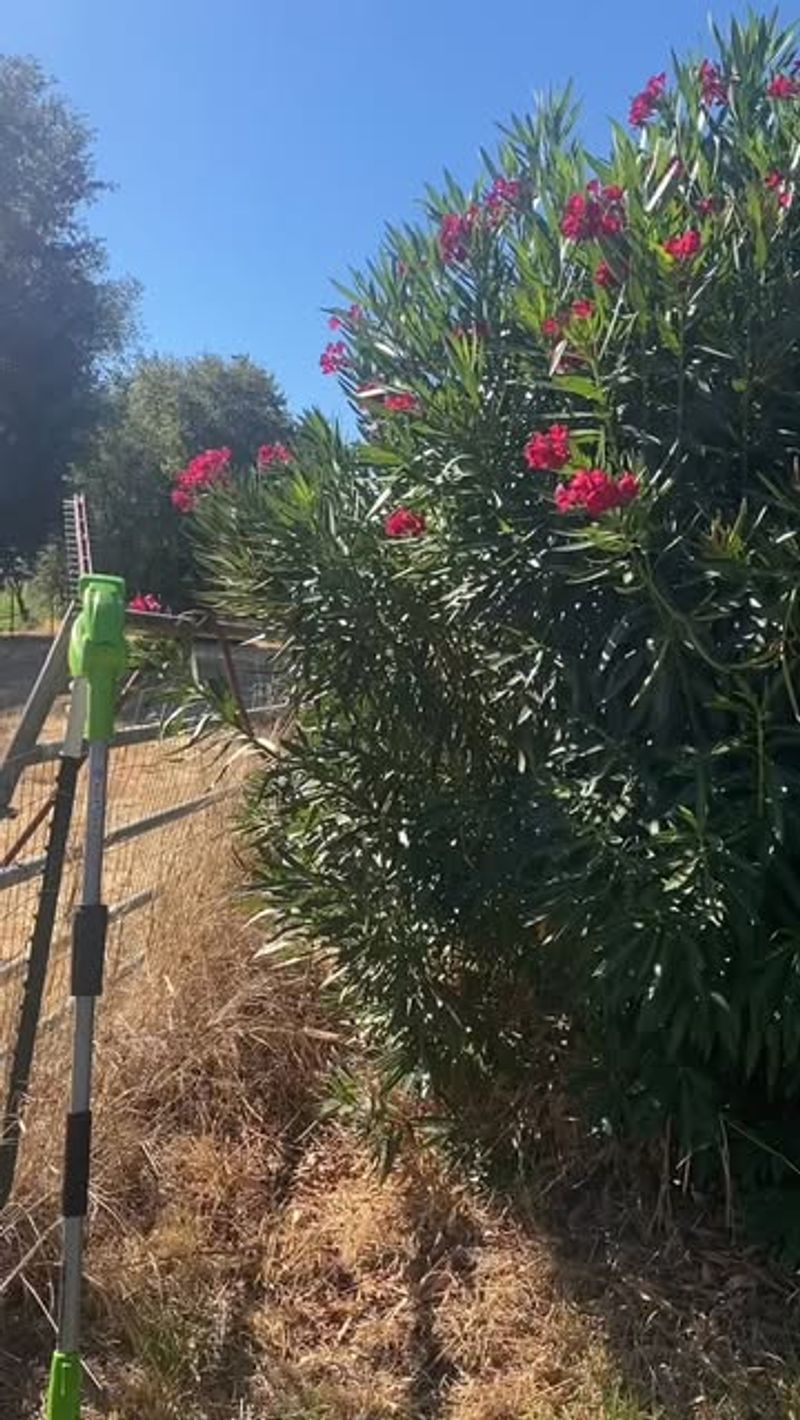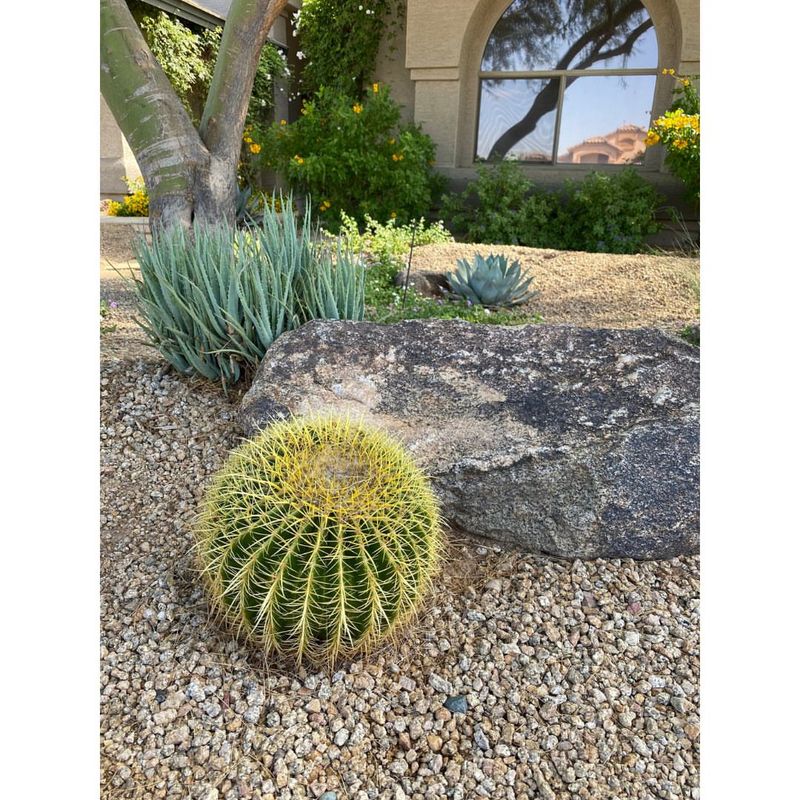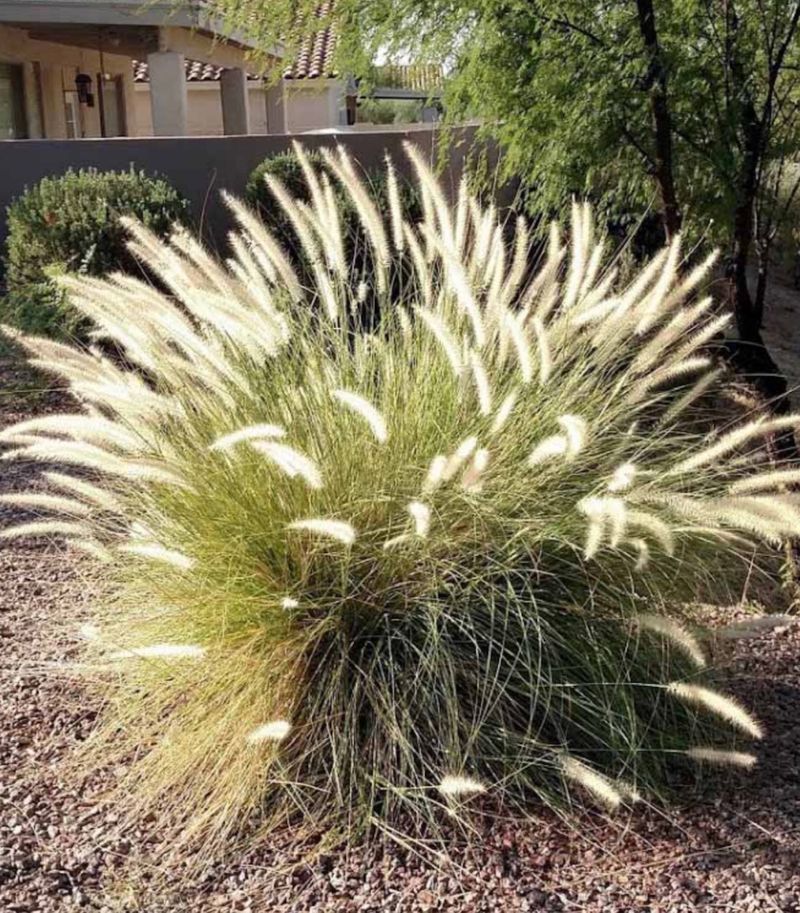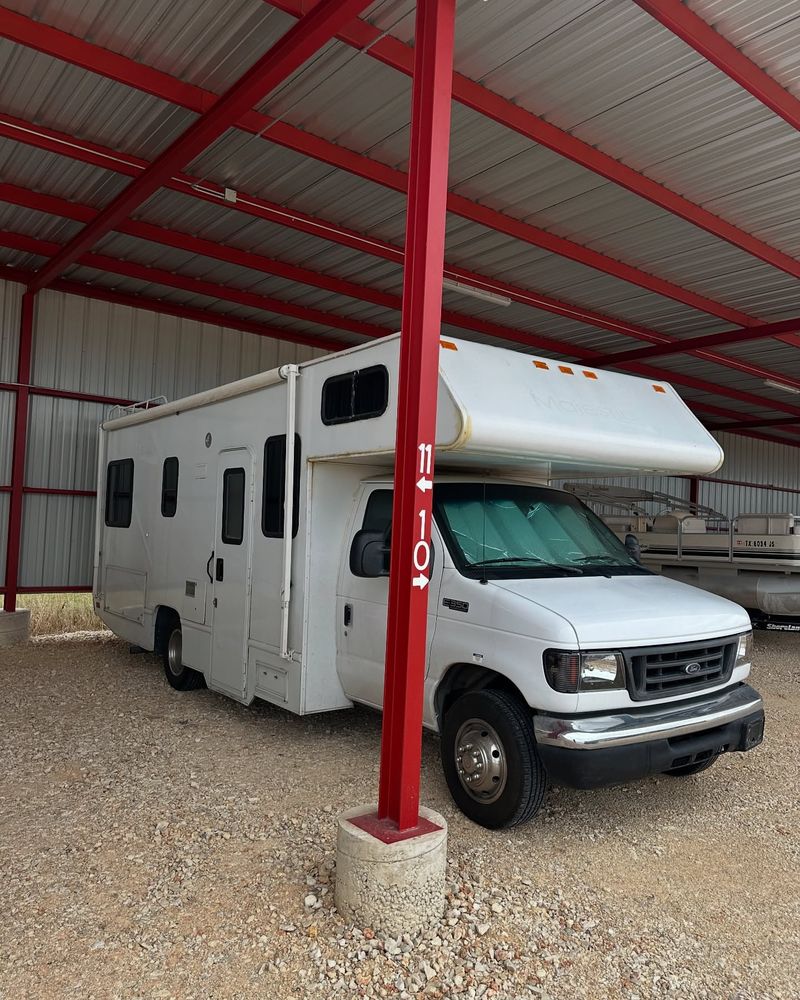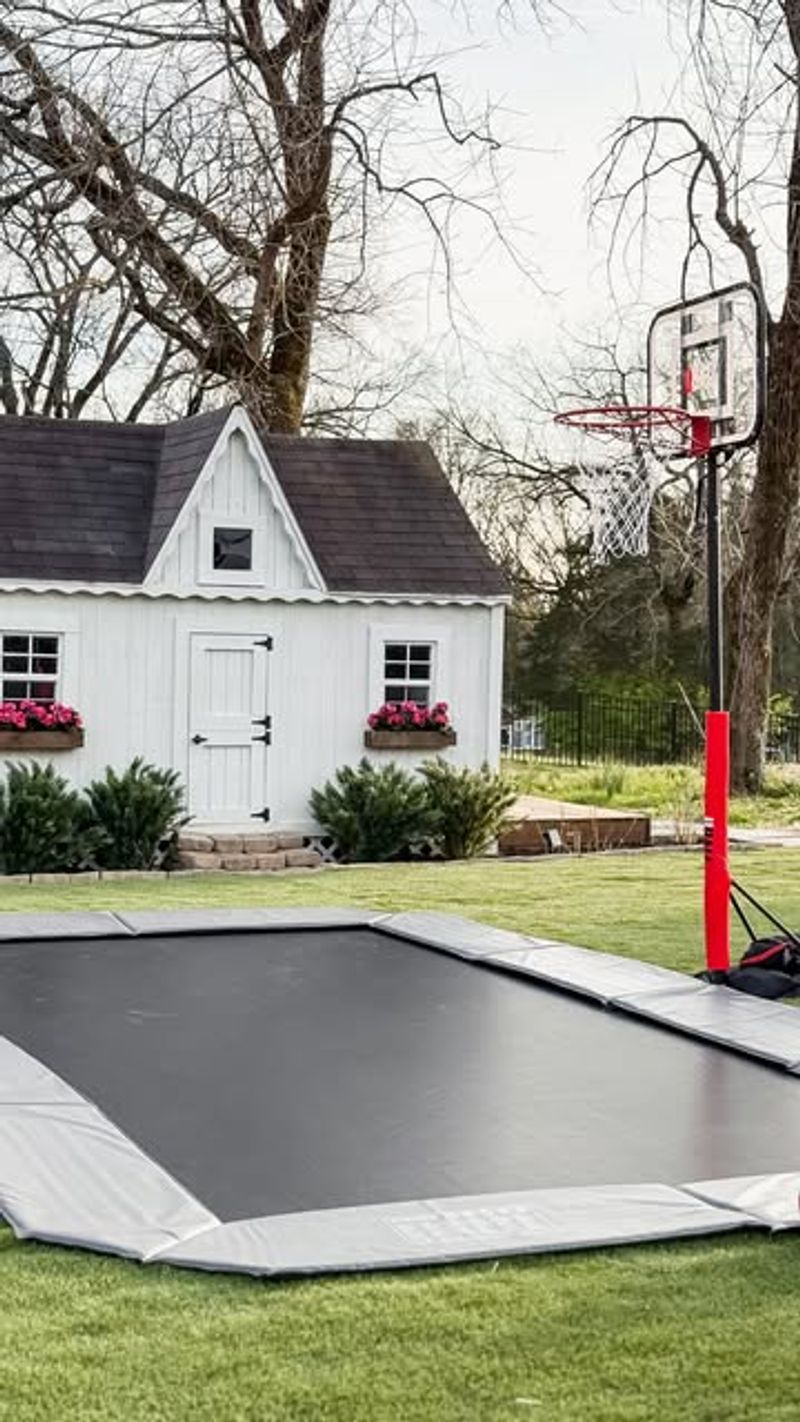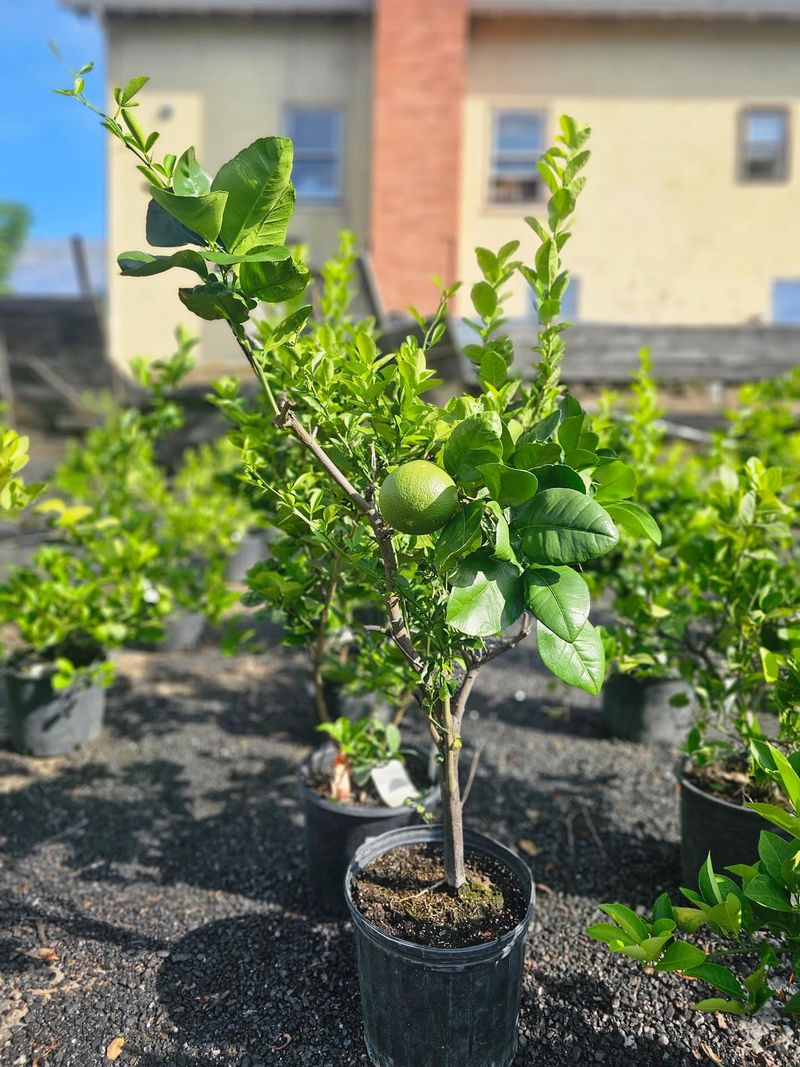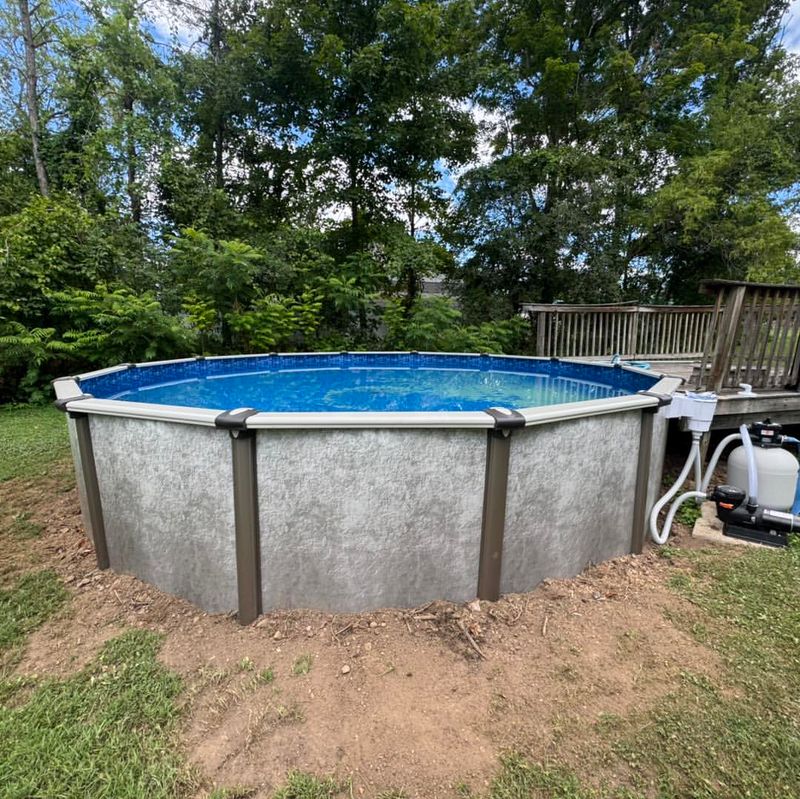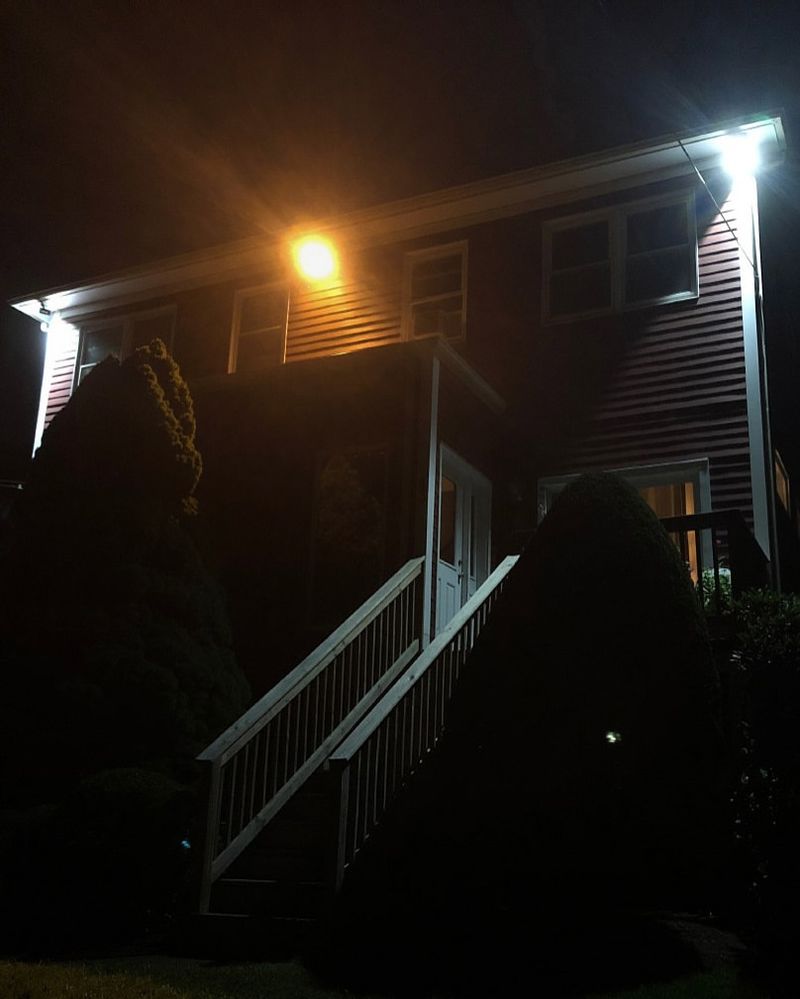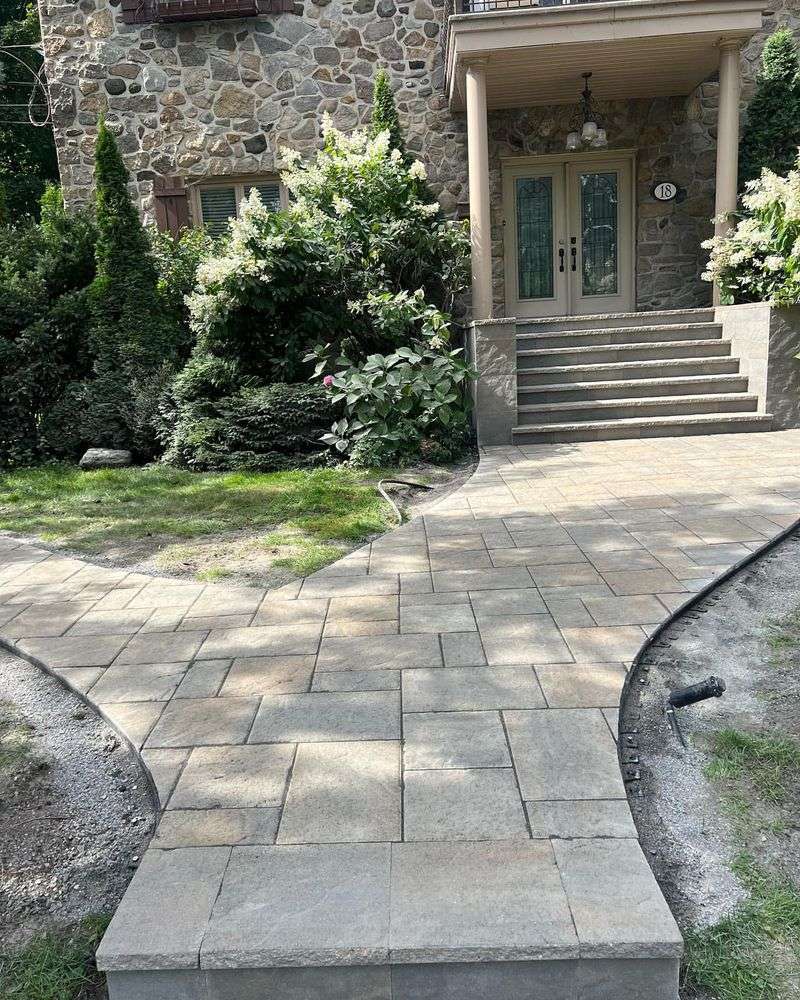Arizona neighborhoods may soon see changes in what’s allowed in residential yards. As drought conditions persist and environmental concerns grow, local officials are rethinking traditional landscaping. What was once common may no longer be sustainable.
Water-thirsty plants, artificial turf, and certain hardscape features are now under review. These elements can strain resources or pose risks to native ecosystems. Homeowners might need to rethink their outdoor designs to stay compliant.
Staying ahead of these shifts can help you avoid costly updates and neighborhood tension. Choosing low-water plants, native species, and eco-friendly materials keeps your yard beautiful—and in line with evolving regulations.
1. Artificial Grass Over 50% Coverage
Recent studies show synthetic turf can reach temperatures of 175°F in Arizona summers, creating dangerous heat islands. Many HOAs are now considering limits on coverage percentage.
While fake grass once seemed like a water-smart solution, the environmental impacts are becoming clearer. Microplastics leach into soil, and wildlife habitat is eliminated.
I’ve noticed more neighborhoods posting new guidelines about this. The proposed rules would cap artificial turf at 50% of visible yard space, requiring natural elements for the remainder.
2. Water Features Exceeding 300 Gallons
Large fountains and decorative ponds are falling out of favor as Arizona faces critical water shortages. The constant evaporation makes them particularly wasteful in our desert climate.
Municipal water authorities have begun drafting regulations that would limit residential water features to 300 gallons or less. Existing larger installations might require permits or face removal deadlines.
For homeowners who love the sound of water, smaller recirculating features will still be allowed. These use significantly less water while providing similar aesthetic benefits.
3. Non-Native Palm Trees
Mexican fan palms and other non-native species consume shocking amounts of groundwater – up to 400 gallons daily during summer months. Their shallow root systems also make them hazardous during monsoon season.
Several cities are already implementing phase-out programs. Homeowners might soon be prohibited from planting new palms and may need to remove existing ones within 5-7 years.
The trend toward native alternatives makes sense to me. Desert-adapted trees like palo verde and mesquite provide better shade while using a fraction of the water.
4. Oleander Hedges
These common border plants contain cardiac glycosides that can be fatal if ingested. With increasing awareness of their toxicity, many communities are reconsidering their presence in residential areas.
The Arizona Poison Control Center reports dozens of oleander poisoning cases annually. Children and pets are particularly vulnerable, making these plants a liability for neighborhoods.
Having removed oleanders from my own yard last year, I understand the concern. New regulations may require homeowners to replace existing hedges with non-toxic alternatives within specified timeframes.
5. Rock Lawns With Heat-Absorbing Colors
Dark-colored landscape rocks can reach temperatures of 150°F in summer, significantly increasing ambient heat around homes. This contributes to Arizona’s urban heat island effect, forcing higher energy use for cooling.
Several municipalities are drafting ordinances that would restrict rock colors to lighter shades with higher albedo ratings. White, tan, and light gray options reflect more sunlight and stay cooler.
The difference is noticeable when walking barefoot! My neighbor switched from black to buff-colored gravel last year, and their yard temperature dropped by nearly 15 degrees.
6. Invasive Fountain Grass
Originally introduced as an ornamental plant, fountain grass has become an ecological nightmare across Arizona. It outcompetes native vegetation and creates dangerous fuel loads during wildfire season.
The Arizona Native Plant Society has been pushing for a complete ban for years. Now, several counties are considering ordinances that would prohibit new plantings and require removal of existing ones.
Watching this grass take over natural areas has changed my perspective completely. There are many beautiful native grasses that provide similar aesthetic appeal without the environmental damage.
7. Front-Facing RV Parking
Recreational vehicles parked in front yards have become a contentious issue in many Arizona neighborhoods. Beyond aesthetic concerns, they create visibility problems for drivers and pedestrians.
New zoning proposals would require RVs to be parked in side yards, backyards, or enclosed structures. Some communities are considering grandfather clauses for existing situations, with 2-year compliance windows.
As someone who enjoys weekend camping, I understand the storage dilemma. However, the safety benefits of these potential regulations make sense, especially in neighborhoods with narrow streets.
8. Unfenced Trampolines
Trampolines without safety enclosures are increasingly viewed as liability hazards in residential areas. Insurance companies are pressuring HOAs to address this issue through updated regulations.
Emergency room physicians across Arizona report hundreds of trampoline-related injuries annually. Most could be prevented with proper safety features and supervision.
The proposed rules would require any visible backyard trampoline to have a full enclosure net and be placed at least 8 feet from property lines. Existing unfenced units would need upgrades within 90 days of implementation.
9. Citrus Trees Near Property Lines
Arizona’s battle with citrus greening disease has put neighborhood orange and lemon trees under scrutiny. This bacterial infection can devastate commercial orchards if residential trees become infected.
Agricultural officials are developing new guidelines that would regulate placement of citrus trees in residential yards. The proposed rules would require minimum distances from property lines and registration with county extension offices.
My backyard Meyer lemon might need relocation if these rules pass. While inconvenient, protecting Arizona’s $63 million citrus industry seems worth the effort for responsible homeowners.
10. Above-Ground Pools Without Permits
Temporary pools have surged in popularity, but they come with serious safety concerns. Most are installed without proper barriers or electrical inspections required for in-ground versions.
Several drowning incidents have prompted officials to reconsider regulations. The proposed rules would require permits, inspections, and safety barriers for any pool deeper than 24 inches.
Having helped a friend install one last summer, I was surprised by the lack of oversight. These new requirements would close the loophole that has allowed potentially dangerous installations to proliferate in Arizona neighborhoods.
11. Excessive Security Lighting
Ultra-bright LED flood lights have created significant light pollution in residential areas. Many homeowners install these powerful systems without considering their impact on wildlife and neighbors.
Astronomers from Arizona’s observatories have been advocating for stricter regulations. The proposed rules would cap lumens, require motion sensors, and mandate downward-facing fixtures to reduce sky glow.
The difference proper lighting makes is remarkable. My street has one house with blinding floods and another with tasteful, directed lighting – guess which one actually feels safer to walk past at night?
12. Concrete Coverage Exceeding 60%
Excessive hardscaping prevents natural water absorption and contributes to dangerous flash flooding during Arizona’s monsoon season. It also raises ambient temperatures and reduces habitat for beneficial insects.
Water management officials are proposing new limitations that would cap impermeable surfaces at 60% of total lot size. Existing properties exceeding this threshold might need to incorporate permeable alternatives during renovations.
The movement toward more natural yards makes sense given our climate challenges. Permeable pavers and gravel pathways can provide the same functionality while allowing precious rainwater to replenish our aquifers.



